Lifelong friends build their own tiny village so they can grow old together – See inside
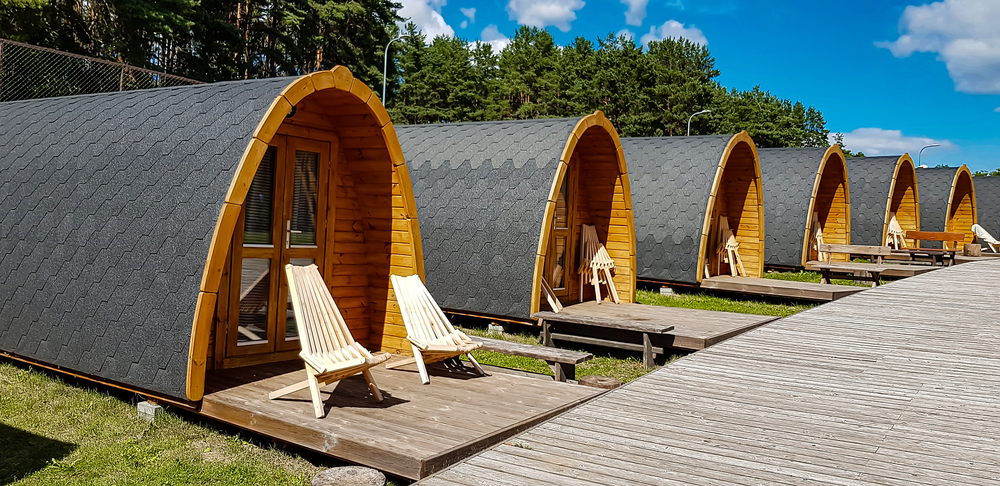
What does it mean to truly grow old together? For many, the idea is wrapped in sentiment—reunions at holidays, phone calls across miles, or the occasional shared vacation. But for a group of lifelong friends in Texas, the answer took a more radical form: they built their own village. On the banks of the Llano River, just outside Austin, four couples decided that the best way to preserve their connection was to anchor it in place. They commissioned four small homes and a communal space, creating what they now call Bestie Row—a living experiment in friendship, sustainability, and intentional aging.
Their story resonates because it challenges assumptions about how modern life is structured. Conventional models of adulthood often revolve around nuclear families, careers, and eventually retirement, with friendship treated as something secondary, squeezed into the margins of busy lives. Bestie Row flips that script. It places friendship at the center and designs life outward from that core. In doing so, it raises questions that touch not only on housing trends, but also on wellness, spirituality, and what it means to live in alignment with one’s deepest values.
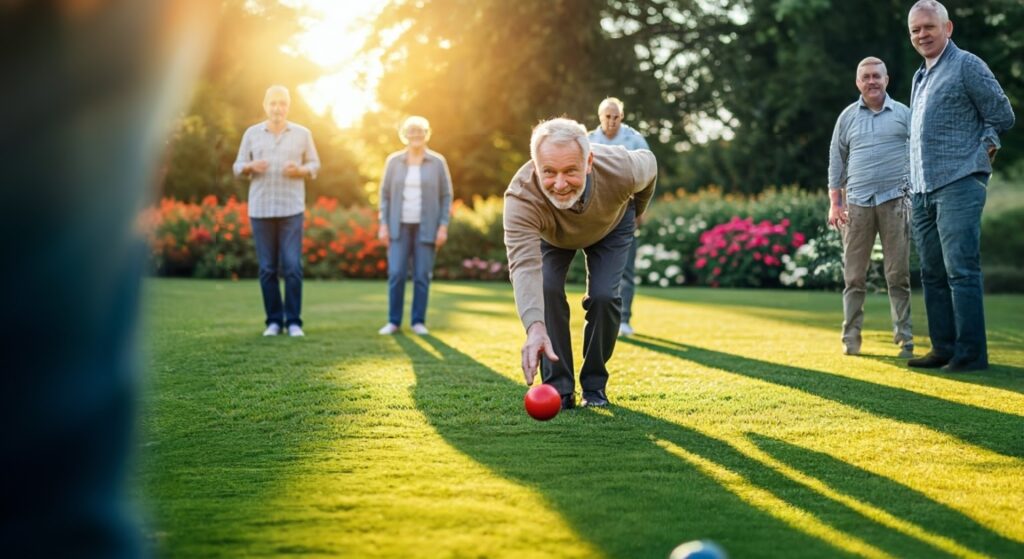
Building a Village of Friendship
For four couples who have shared more than twenty years of friendship, the idea of growing older together was more than a passing dream—it became the blueprint for a new way of living. After years of conversations about how to maintain their bond into later life, they purchased a piece of land along the Llano River, about an hour outside of Austin, Texas. Rather than each going their separate way or relying on chance encounters to sustain their relationships, they envisioned a shared space where connection would be built into the fabric of their daily lives. To bring this to reality, they hired an architect who designed four compact houses along with communal areas, ensuring the layout encouraged both privacy and togetherness. They call their creation Bestie Row, a village built not out of necessity but out of the simple desire to stay close, to keep the threads of friendship strong as time passes.
The homes themselves are modest in size yet intentional in design. Each was carefully positioned to offer a clear view of the river without obstructing the others, creating a sense of openness and harmony rather than competition for the best outlook. While the couples do not live there year-round, the village functions as a retreat from the pace of city life. It has become their chosen gathering place for holidays, long weekends, and spontaneous escapes—times when meals are shared outdoors, drinks flow into conversations that last well into the evening, and laughter becomes as central to the setting as the natural scenery itself. In many ways, the project reflects the simple truth that environments shape relationships: by building a space designed for gathering, they created a life in which connection is not an afterthought but a daily practice.
Equally important to the group was the environmental footprint of their experiment. Bestie Row was designed with sustainability in mind, from roofs that collect rainwater to reduce strain on local water supplies, to the efficient footprint of the homes themselves, which require less energy to heat, cool, and maintain. The natural surroundings are not just a backdrop but an integral part of the experience. As one resident, Jodi Zipp, described in an interview, the community often feels “like a Disney movie,” with deer, bobcats, and birds moving freely across the land. For the couples, these encounters are reminders that their village exists within a larger web of life—a place where human companionship and the rhythms of nature are inextricably linked.
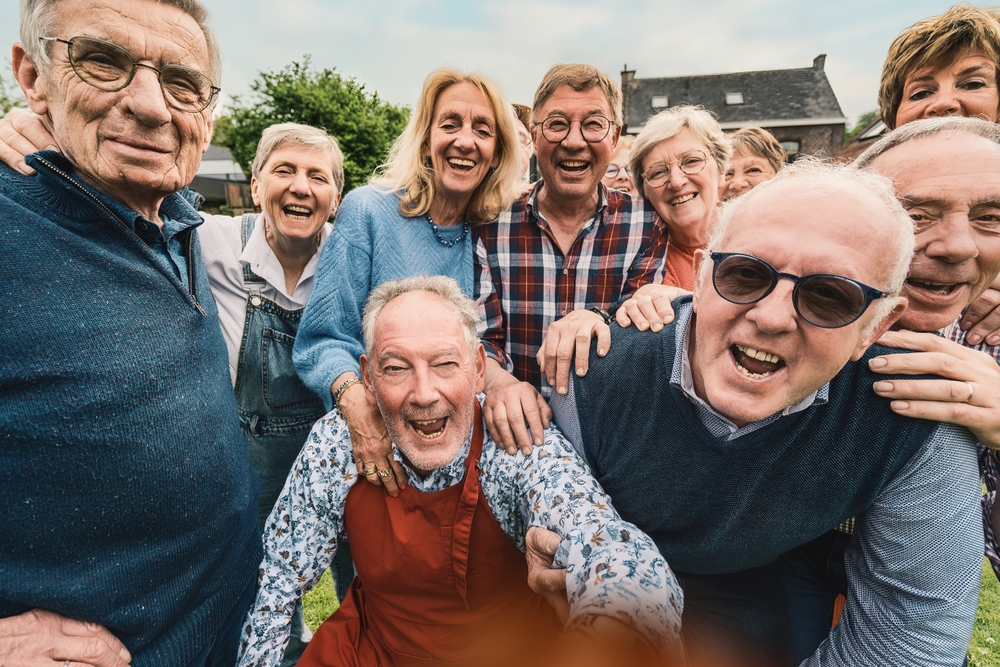
The Rise of the Tiny Home Movement
The decision to build a cluster of small houses is not an isolated choice but part of a broader cultural trend toward downsizing and intentional living. The tiny home movement has gained traction in recent decades as people seek alternatives to traditional housing models that often come with financial strain and environmental consequences. By reducing physical space, tiny homes encourage residents to focus on essentials rather than accumulation, creating room—both literally and metaphorically—for what matters most. In the case of Bestie Row, the smaller scale of the houses serves not as a limitation but as an invitation to live more simply and to shift emphasis from possessions to shared experiences.
This movement has been fueled not only by economic factors, such as the rising cost of housing, but also by ecological awareness. The average American home has nearly tripled in size since the 1950s, while household sizes have shrunk, leading to a disproportionate use of resources. Tiny homes offer an alternative model: they consume less energy, require fewer materials to build, and often incorporate sustainable technologies such as solar panels, rainwater harvesting, and composting systems. These features are not simply aesthetic choices but practical steps toward reducing human impact on the planet. By situating themselves within this movement, the friends at Bestie Row are contributing to a cultural reimagining of what home can mean.
Yet the appeal of tiny homes is not purely material or environmental. They also resonate with a psychological and even spiritual longing for freedom. To live in a small space requires conscious decision-making about what to keep, what to release, and how to structure daily life. This can be both liberating and challenging. Psychologists note that the process of simplifying one’s physical surroundings often leads to reduced stress and increased clarity of mind. What Bestie Row demonstrates is that this clarity can be magnified when shared—when the commitment to simplicity is not just individual but collective, anchored by friendship and community.
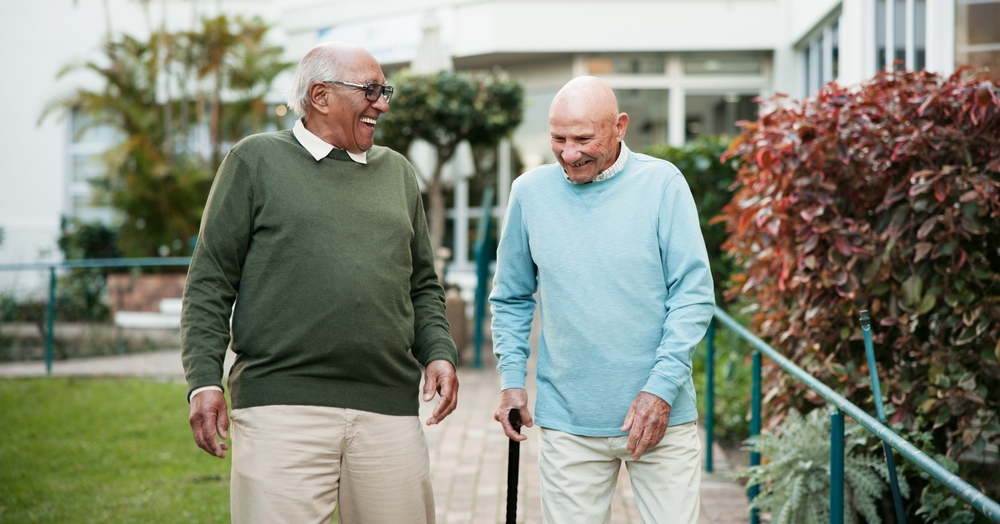
The Science of Social Bonds and Community Living
Research consistently highlights the profound impact of social connection on human health and longevity. A landmark study from Harvard, which has followed participants for over 80 years, found that strong relationships were the single most consistent predictor of well-being across the lifespan. More than income, professional achievement, or even genetic predisposition, the quality of one’s social bonds determines how people age, both physically and mentally. Communities like Bestie Row embody this principle in action, transforming friendship into a lived environment where connection is not incidental but built into the architecture of daily life.
Isolation, by contrast, has been linked to increased risks of cardiovascular disease, depression, cognitive decline, and premature death. Loneliness activates the body’s stress response, releasing cortisol and other hormones that, over time, can erode health. This makes the intentional creation of community more than a lifestyle choice—it becomes a form of preventive medicine. By choosing to live alongside one another, these friends are buffering themselves against one of the most serious health risks of modern society: disconnection. Their project echoes what public health experts have argued for years—that relationships are as vital to survival as exercise or nutrition.
Equally compelling is the way such arrangements foster interdependence, a value that modern individualism often overlooks. Shared meals, communal responsibilities, and the daily act of simply showing up for one another create rhythms of care that reduce stress and nurture emotional stability. In environments like Bestie Row, support is woven into the structure of life itself. When one person struggles, the others are close by—not as distant acquaintances but as neighbors and chosen family. This sense of belonging may well be one of the most profound gifts of intentional community, offering not only companionship but also a deep sense of being held within a collective.
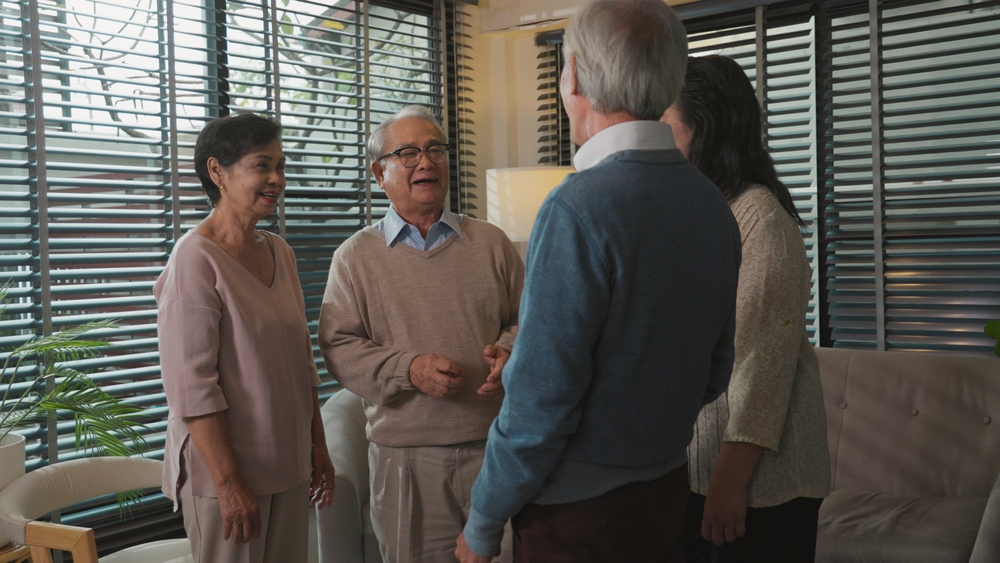
Nature, Environment, and the Healing Power of Place
Beyond friendship and architecture, Bestie Row underscores the importance of place in shaping human experience. Set along the Llano River, the community allows its residents to immerse themselves in rhythms of the natural world. Scientific research supports what many intuitively feel—that time in nature reduces stress, boosts immune function, and improves mood. Studies on “forest bathing” in Japan, for example, have demonstrated measurable decreases in blood pressure and cortisol levels after time spent in wooded environments. By situating their community near water, wildlife, and open sky, these friends created not just a home but a restorative environment where nature itself becomes part of the support system.
The ecological choices built into Bestie Row reinforce this relationship with the environment. Rainwater collection systems, small home footprints, and design choices that minimize disruption to the landscape allow residents to live with greater awareness of their impact. Environmental psychology suggests that such practices create a feedback loop: when people engage in sustainable behaviors, they feel more connected to the earth, which in turn fosters greater well-being and commitment to environmental care. Bestie Row thus becomes a case study in how built environments can support not just human connection but also ecological stewardship.
Spiritual traditions across cultures have long emphasized the healing role of nature, from Indigenous teachings about the sacredness of rivers and mountains to contemporary mindfulness practices that ground attention in the natural world. In this way, Bestie Row mirrors an ancient wisdom—that to live well, one must live in relationship not only with people but with the land itself. For the couples, seeing deer graze nearby or listening to birds at dawn is not simply an aesthetic pleasure; it is a reminder of belonging to something larger. The village becomes a threshold where human community and natural community meet, each reinforcing the vitality of the other.
A Conscious Model for Growing Older Together
At its core, Bestie Row is more than a housing experiment—it is a reimagining of how to age with intention and meaning. In societies where aging often coincides with isolation or institutional care, these couples have chosen an alternative path: to walk into later life alongside trusted companions, in an environment that nurtures joy, laughter, and mutual care. Their project reflects a conscious decision to shape the conditions of aging rather than passively accept them. By creating a community that balances independence with connection, they model a way of life where growing older is not feared but embraced as an extension of friendship.
From a wellness perspective, this model aligns with research on “successful aging,” which emphasizes physical health, mental engagement, and strong social bonds. The village provides space for all three: nature for movement and restoration, communal gatherings for mental stimulation, and constant proximity to meaningful relationships. From a spiritual perspective, it offers something less easily measured but equally vital—a sense of belonging to a living circle of care. In many wisdom traditions, community is seen not as an optional part of life but as the very container that makes growth possible. Bestie Row is a modern embodiment of this truth.
Ultimately, what the couples have built is not only a place to live but a statement about values. In choosing simplicity over excess, community over isolation, and harmony with nature over consumption, they reveal that home is not simply a building but an ecosystem of relationships. Their village invites us to consider how we, too, might cultivate environments that support both our human bonds and our connection to the wider web of life. It is a reminder that wellness and spirituality are not abstract ideals but practices rooted in daily choices—choices about where we live, how we share, and what we honor. For those willing to listen, Bestie Row whispers a quiet yet powerful message: we are meant to grow not just older, but closer, together.
Loading...

